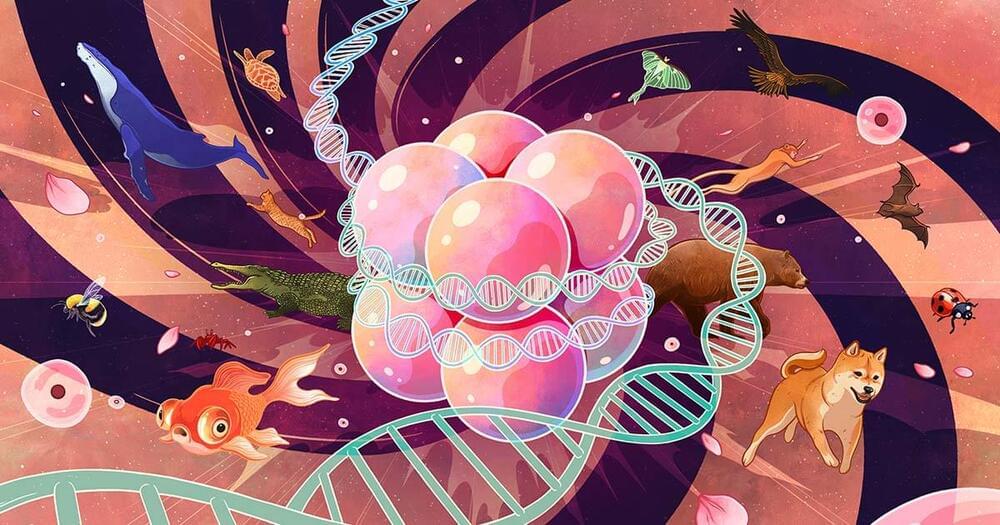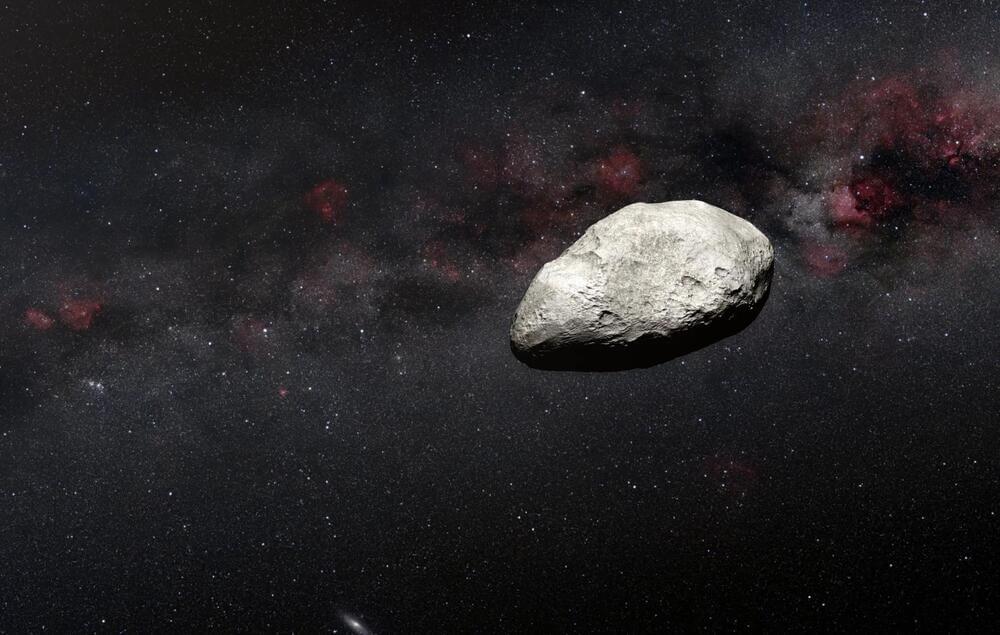I guess they’re John Wick fans.
The molecules kill some types of fungi “so efficiently that we named them after Keanu Reeves,” said the lead author of the study.


Gabriel kreiman; harvard university, children’s hospital boston.

Year 2022 Basically this can be used with Python for self healing networks and software testing.
Have you ever found yourself in a situation where you realized a small change of the UI broke your E2E test again? Well, it happens to me very often.
Recently I read an article from on medium.com about an interesting library called Healineum which can come to the rescue.
Healenium is an AI-powered open-source library that improves the stability of Selenium-based tests, handles changes of updated web elements automatically and helps to overcome the problem of UI autotests instability using a self-healing mechanism…

—THE STUDY ESTABLISHES A NOVEL CONCEPT OF “TUMOR SUPPRESSIVE DRUG RESISTANCE”
—THE COMBINATION OF LB-100 WITH INHIBITORS OF CELLULAR STRESS RESPONSE MODULATORS WAS HIGHLY EFFECTIVE IN KILLING CANCER CELLS IN SEVERAL PRE-CLINICAL CANCER MODELS
—RESISTANCE TO THIS THERAPY CAN RESULT IN THE LOSS OF THE ONCOGENIC PROPERTIES OF CANCER CELLS





The object belongs to the poorly known sub-kilometer category of asteroids in the main belt. An asteroid roughly the size of Rome’s Colosseum — between 300 to 650 feet (100 to 200 meters) in length — has been detected by an international team of European astronomers using NASA’s James Webb Space Telescope. They used data from the calibration of the MIRI instrument, in which the team serendipitously detected an interloping asteroid. The object is likely the smallest observed to date by Webb and may be an example of an object measuring under 1 kilometer in length within the main asteroid belt, located between Mars and Jupiter. More observations are needed to better characterize this object’s nature and properties. Credit: NASA, ESA, CSA, N. Bartmann (ESA/Webb), Martin Kornmesser (ESA), Serge Brunier (ESO), Nick Risinger Photopic Sky Survey)